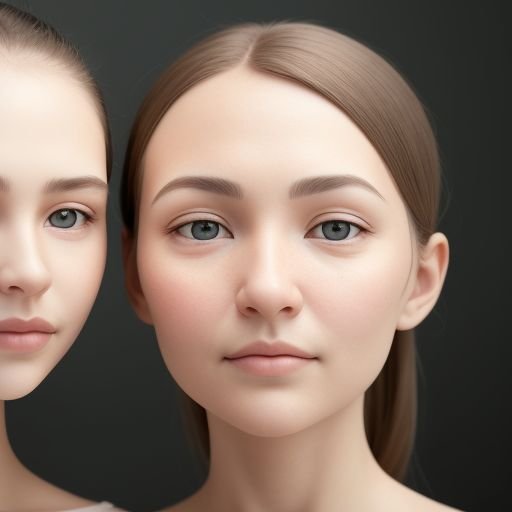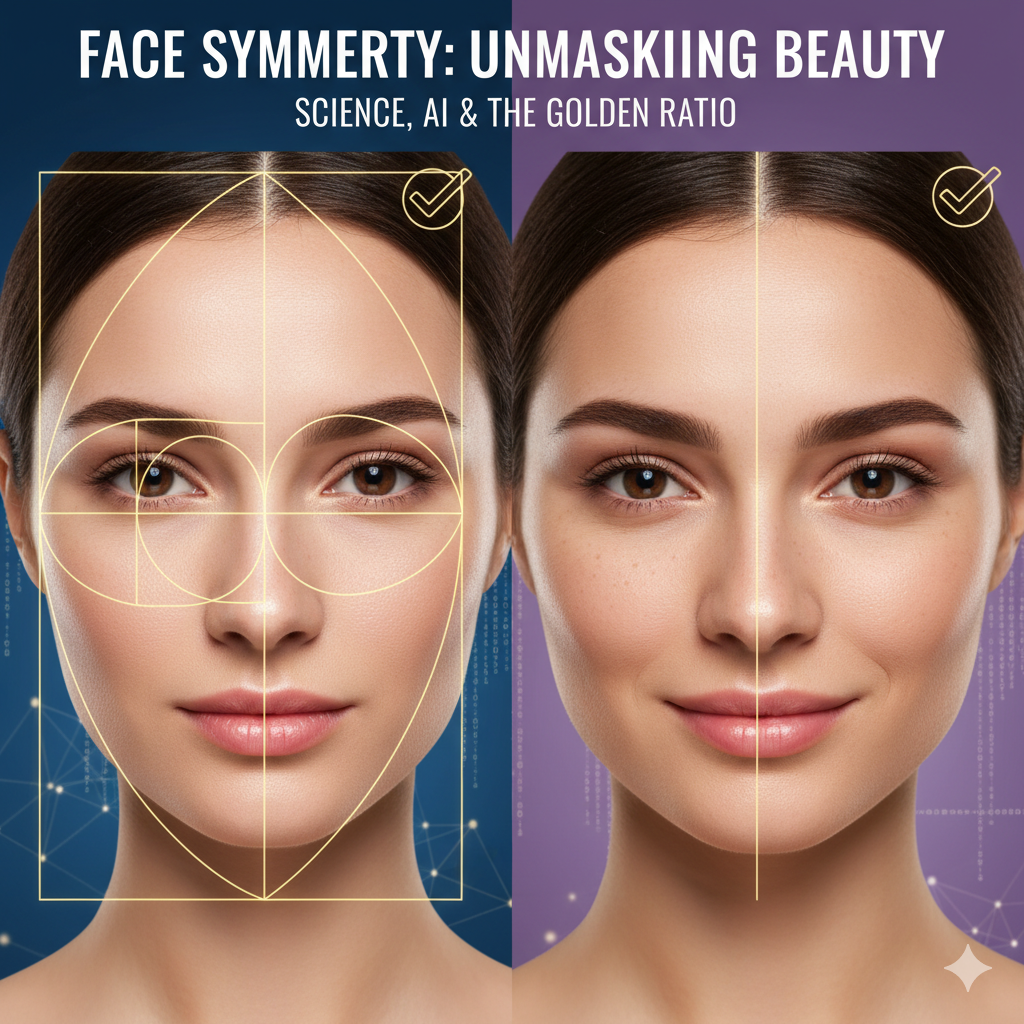When it comes to physical attractiveness, facial symmetry plays a significant role. While beauty standards may vary across cultures and individuals, there is a general preference for faces that exhibit symmetrical features. However, not all of us are blessed with perfectly balanced facial features.
Facial asymmetry refers to the lack of perfect symmetry between the left and right sides of the face. This can manifest in various ways, such as differences in the size and shape of the eyes, ears, eyebrows, nose, or mouth. While mild facial asymmetry is common and often goes unnoticed, more pronounced asymmetry can have an impact on a person’s appearance and self-esteem.
The Causes of Facial Asymmetry
Facial asymmetry can be attributed to a variety of factors, both genetic and environmental. Some individuals are born with inherent facial asymmetry, which can be a result of uneven bone growth or muscular imbalances. Others may develop asymmetry due to factors such as facial trauma, dental issues, or even habits like favoring one side of the face while sleeping.
It is important to note that facial asymmetry is not always considered a medical concern. In fact, many people with slight facial asymmetry lead perfectly normal lives without any adverse effects. However, for those who are bothered by their asymmetry, there are options available to address the issue.
The Impact of Facial Asymmetry
Facial asymmetry can have both physical and psychological effects on an individual. From a physical standpoint, pronounced facial asymmetry can affect the overall balance and harmony of the face. This can make certain features appear more prominent or uneven, leading to a lack of facial symmetry.
Psychologically, individuals with noticeable facial asymmetry may experience a decrease in self-confidence and self-esteem. They may feel self-conscious about their appearance and may avoid social situations or interactions where their asymmetry could be more noticeable. This can have a significant impact on their quality of life and overall well-being.
Treatment Options for Facial Asymmetry
Fortunately, there are various treatment options available for individuals seeking to address facial asymmetry. These options range from non-invasive procedures to surgical interventions, depending on the severity and underlying cause of the asymmetry.
Non-invasive treatments may include techniques such as facial exercises, facial massage, or the use of dermal fillers to restore volume and balance to specific areas of the face. These treatments can help minimize the appearance of asymmetry and create a more harmonious facial aesthetic.
In cases where the asymmetry is more pronounced or caused by skeletal or dental issues, surgical interventions may be recommended. These procedures can involve reshaping or repositioning bones, correcting dental alignment, or even reconstructive surgery in cases of facial trauma.
Embracing Individuality
While facial symmetry is often associated with traditional beauty standards, it is essential to remember that beauty comes in many forms. Each individual has their unique facial features and characteristics that make them who they are. Embracing and celebrating our individuality is just as important as striving for symmetry.
It is worth noting that many famous individuals, such as actors, models, and musicians, have achieved great success and recognition despite having facial asymmetry. Their unique features have become part of their charm and appeal.
Ultimately, the decision to address facial asymmetry is a personal one. If it affects your self-confidence or quality of life, it may be worth exploring the available treatment options. Consulting with a qualified medical professional can provide valuable insights and guidance tailored to your specific needs.
In conclusion, facial asymmetry is a common occurrence that can impact an individual’s physical appearance and emotional well-being. While striving for facial symmetry is understandable, it is essential to embrace and celebrate our unique features. Remember, true beauty lies in our individuality.




